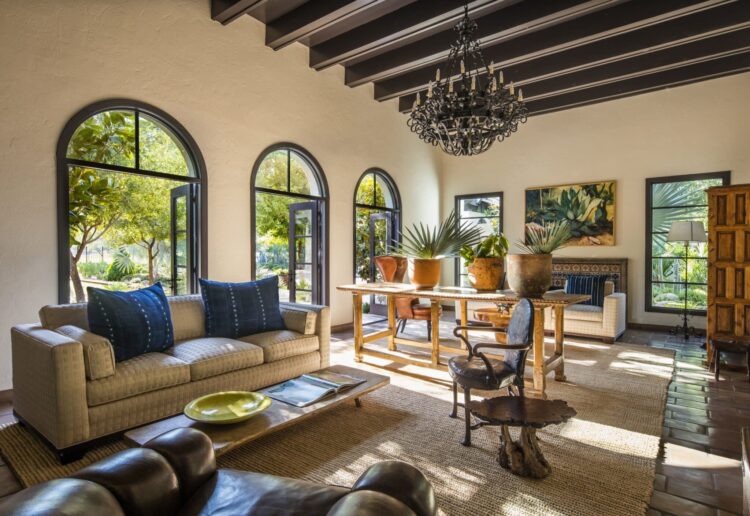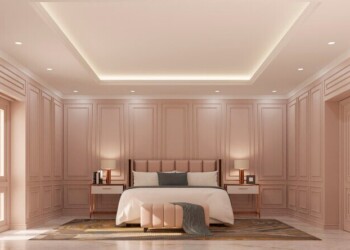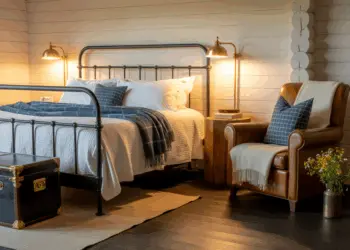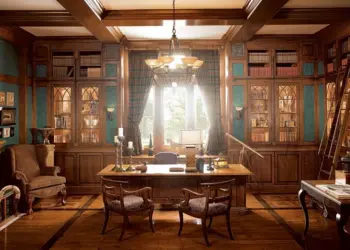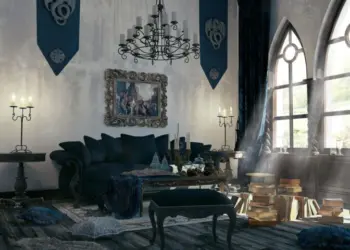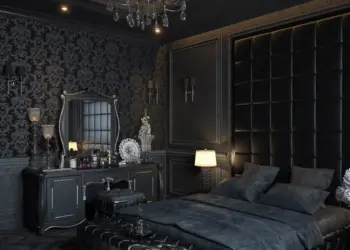¡Hola amigos! Are you ready to transform your casa into a haven of Spanish colonial elegance? In 2024, the world of interior design is embracing the warmth, authenticity, and timeless appeal of Spanish colonial style. From vibrant color palettes to rustic textures, we’ve gathered the Spanish colonial house interior ideas that will make your abode the epitome of charm and sophistication. Let’s embark on this journey through terra-cotta dreams and wrought-iron wonders!
Table Of Contents
Regional Nuances: A Diverse Aesthetic Tapestry
While the Spanish Colonial influence permeates diverse geographies, regional nuances paint a unique aesthetic tapestry. In the Southeast and Southwest, divergent responses emerged, shaped by specific geography and indigenous cultures. The synthesis of Spanish cultural traditions with local building techniques birthed a style marked by its adaptability and regional character.
A Living Legacy: Why Spanish-Style Endures
The Spanish Colonial era in America may have concluded by the mid-1800s, but its architectural legacy endured and underwent a fascinating revival. The Colonial Revival movement that swept the nation in the early 1900s saw a resurgence of interest in colonial heritage. Spanish Colonial architecture style, with its distinctive white stucco exteriors and red tile roofs, emerged not as a necessity but as a choice-a homage to the timeless beauty that has become synonymous with California casual style.
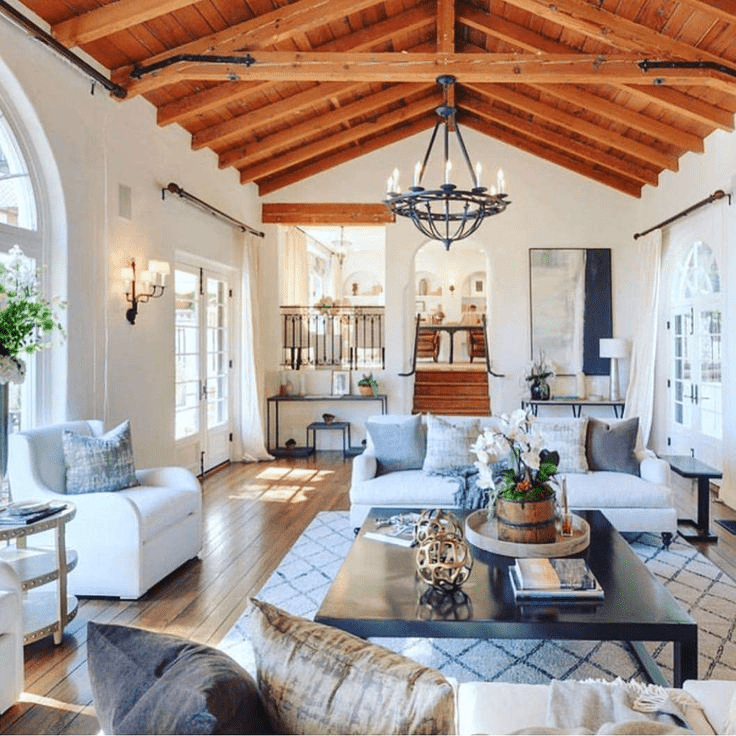
Architectural Resonance: A Continuation of Tradition
Architects, drawing inspiration from specific iterations like the Monterey and Mission styles, seamlessly blended historical elements with contemporary visions. Monterey-style homes, distinguished by their second-story porch, and Mission-style architecture, with its arches and bell towers, exemplify the adaptability and enduring appeal of Spanish Colonial design.
In the present day, Spanish Colonial Revival homes continue to grace the architectural landscape, not only in their traditional strongholds of Florida and California but also extending their reach into the Southeast and Southwest. The enduring popularity of this unique architectural style reaffirms its status as an ideal choice for homes in temperate climate zones, capturing the imagination of Americans seeking a blend of timeless elegance and modern functionality.
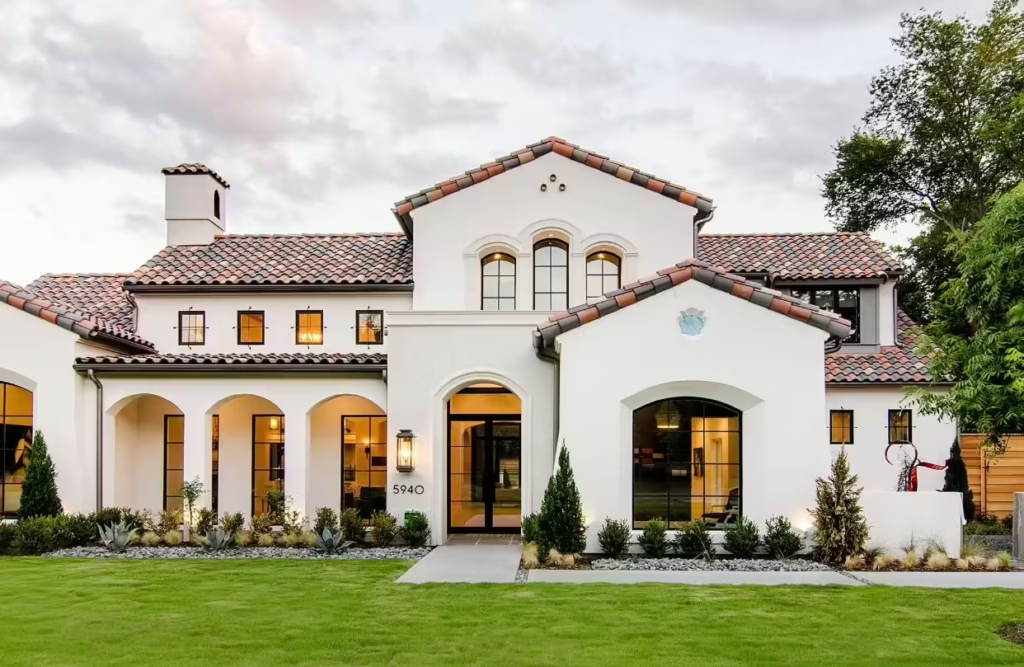
Building Blocks: Characteristics of Spanish Colonial House Interior
1. Sturdy Foundations
Spanish Colonial homes boast thick walls, typically clad in white stucco over adobe brick or stone. This not only imparts a timeless aesthetic but also serves a practical purpose, keeping the interiors cool.
2. Window Whispers
Characterized by a limited number of small window openings, early Spanish Colonial homes featured wooden shutters, eschewing glass. This design choice was not just aesthetic; it facilitated natural ventilation while maintaining a degree of privacy.
3. Courtyard Chronicles:
A hallmark of Spanish-style homes is the L-shaped structure, often encircling a central or side courtyard. This spatial arrangement, enhanced by long external porches or corredors, reflects both practical considerations and a commitment to an open, interconnected layout.
4. Roof Revelry
The iconic red, barrel tile roof, with its low-pitched profile, stands as a defining feature. In the Southwest, homes may flaunt flat roofs crowned with castle-like parapets, adding a touch of grandeur to the architectural panorama.
5. Door Drama
Wooden doors, sometimes arched, punctuate the light stucco exterior walls. These doors, mirroring arched doorways inside the homes, contribute to the overall aesthetic coherence, creating a harmonious interplay of form and function.
6. Warm Embrace
Interiors of Spanish Colonial homes exude a casual, warm ambiance. Raw adobe walls, often left unadorned, and structural wooden beams along the ceilings underscore an authentic, unpretentious charm.
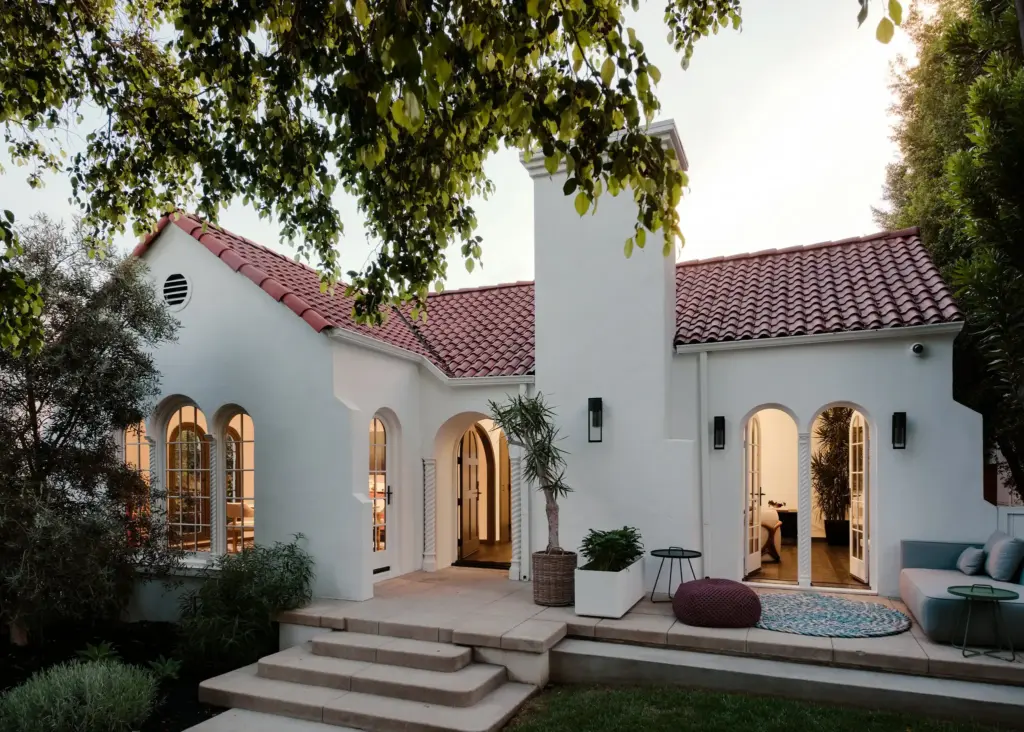
Spanish Colonial House Interior Ideas
Mesmerizing Mosaics
Kickstart your Spanish colonial interior with eye-catching mosaic tiles! In 2024, these tiles aren’t just for the floors – they’re climbing walls and even gracing furniture. Imagine a colored kitchen backsplash adorned with intricate patterns or a coffee table that’s a mosaic masterpiece. It’s like stepping into a vibrant Spanish plaza right in your living room!
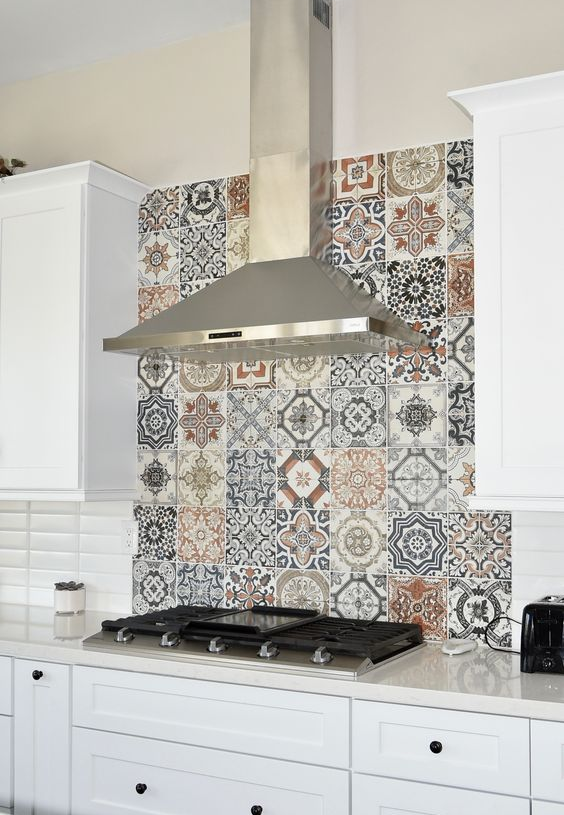
Wrought-Iron Wonders
¡Ay caramba! Wrought-iron elements are the heart and soul of Spanish colonial design, and 2024 is no exception. Think beyond the chandeliers and embrace wrought-iron stair railings, bed frames, and room dividers. The intricate designs add a touch of romance while maintaining that rustic charm.
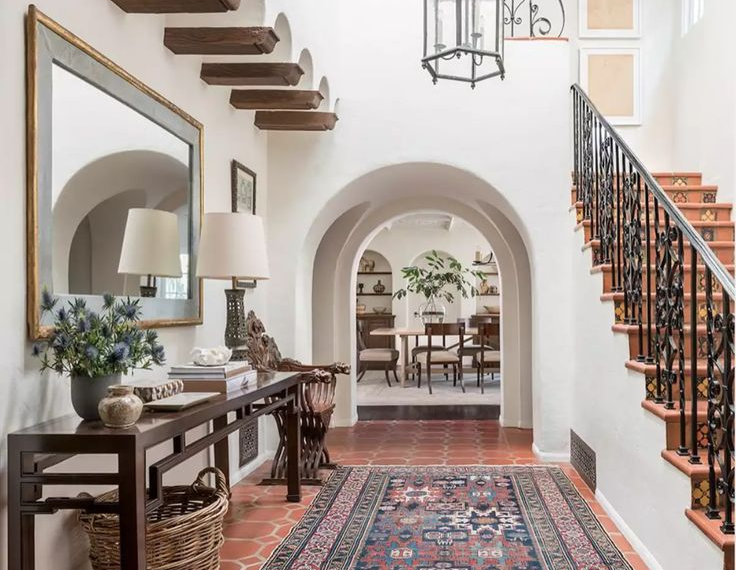
Terracotta Dreams
The color that defines Spanish colonial style – terracotta! From walls to floors, introducing this warm and earthy tone creates an inviting ambiance. In 2024, consider textured terracotta tiles for an extra dash of authenticity. It’s like bringing the sun-soaked streets of Seville into your home!
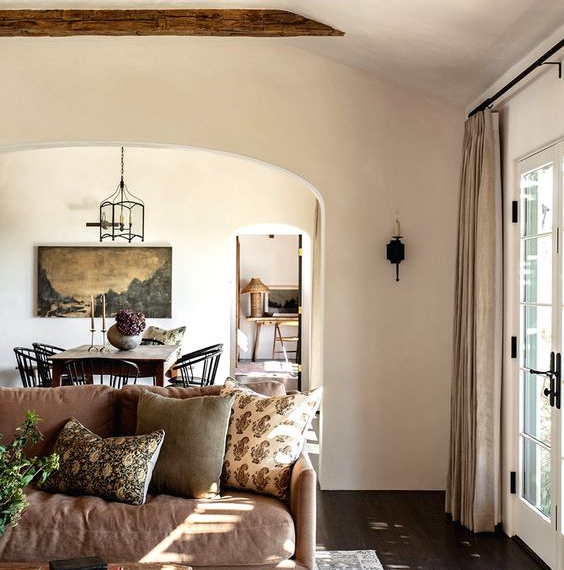
Bold Wall Murals
Say adiós to plain walls! In 2024, immerse yourself in the world of bold wall murals inspired by Spanish colonial history. Imagine a majestic mural depicting a scenic Spanish countryside or a historical event. It’s a conversation starter and a visual feast for your guests!
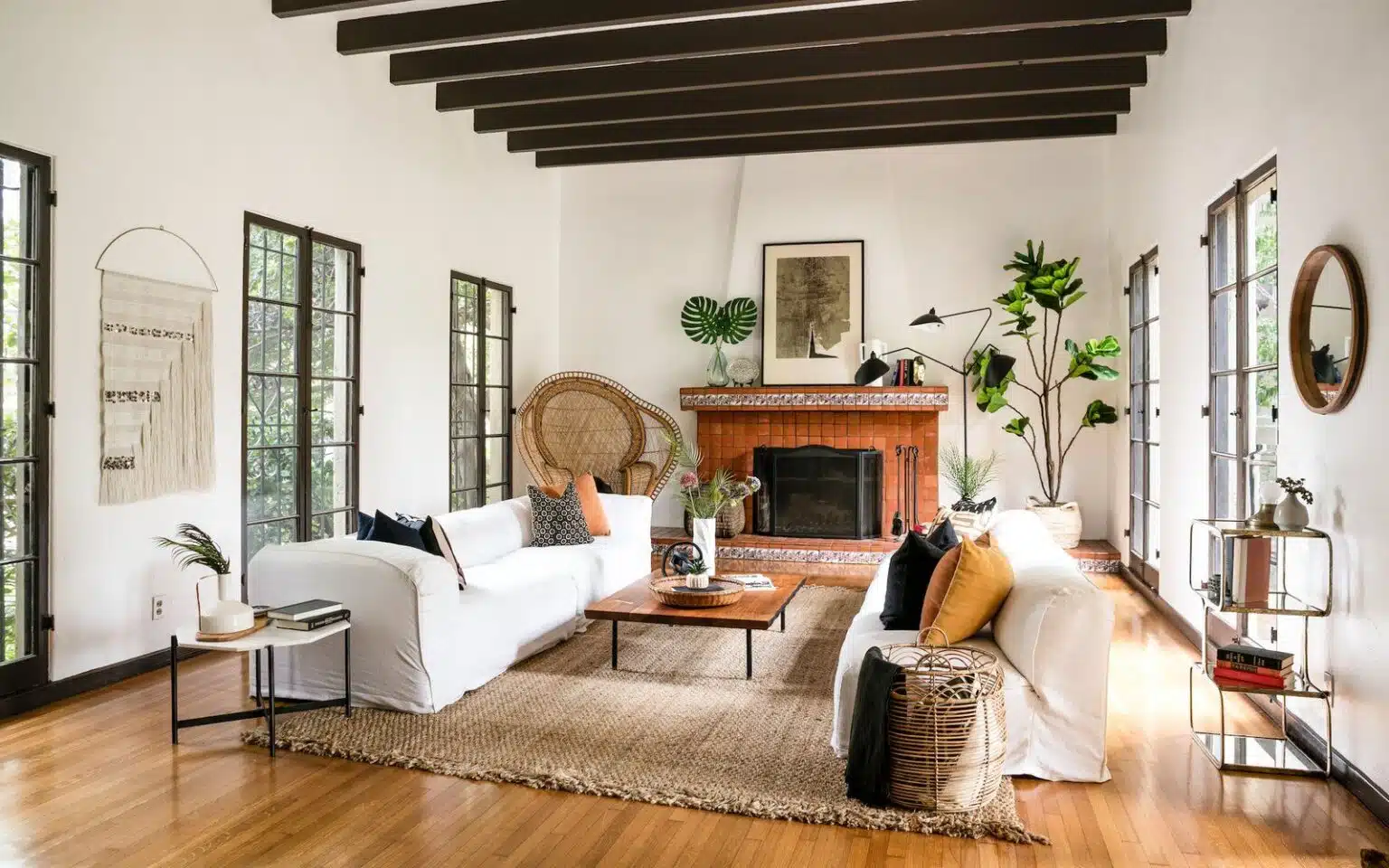
Vibrant Textiles
Inject life into your space with vibrant Spanish textiles. From throw pillows to curtains, opt for patterns inspired by Spanish tiles or flamenco dresses. Mix and match colors for an eclectic vibe that screams ‘fiesta’ in every corner of your casa.
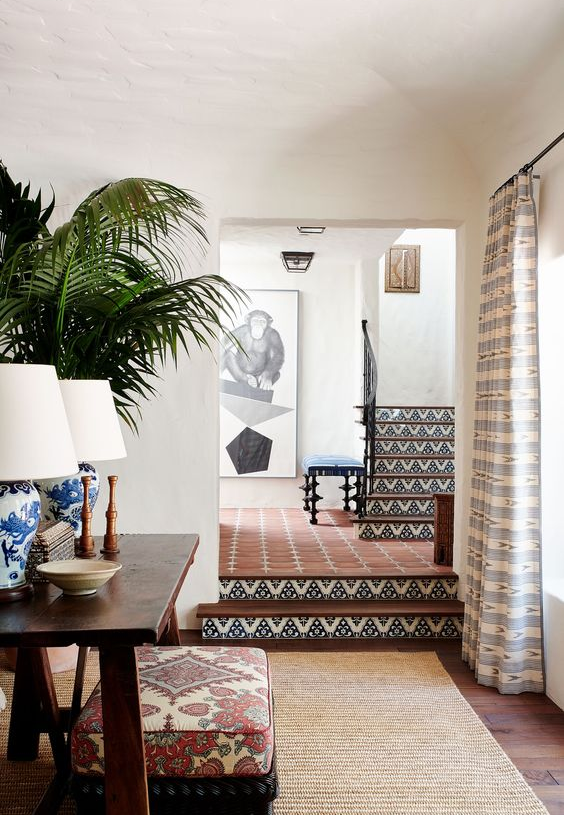
Saltillo Tile Showdown
Step onto the charm of Saltillo tiles! In 2024, they’re not just reserved for floors – incorporate them into kitchen countertops, bathroom surfaces, or even as a statement wall. The warm tones and irregular shapes add a touch of authenticity that’s hard to resist.
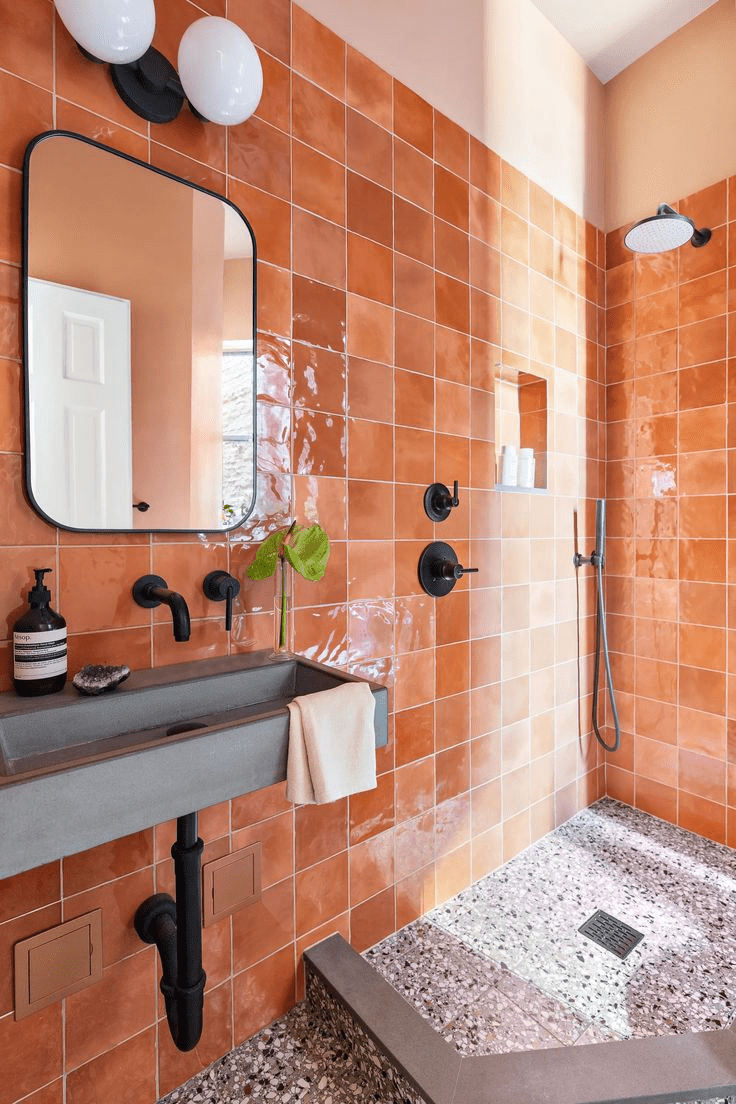
Colonial Archways
¡Bienvenidos a tu casa! Create a seamless flow in your Spanish colonial home with arched doorways and windows. In 2024, this architectural element is taking center stage. It not only enhances the overall aesthetic but also opens up spaces, making your home feel airy and welcoming.
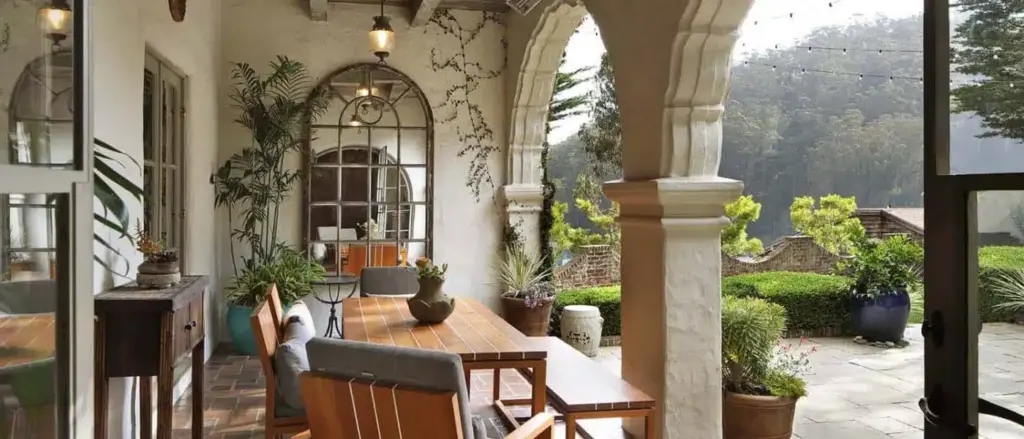
Eclectic Furniture Mix
Don’t be afraid to mix and match furniture styles! Embrace an eclectic combination of rustic wooden pieces, wrought-iron elements, and plush upholstery. In 2024, the key is to create a curated look that feels collected over time, telling a story of travels and treasures.
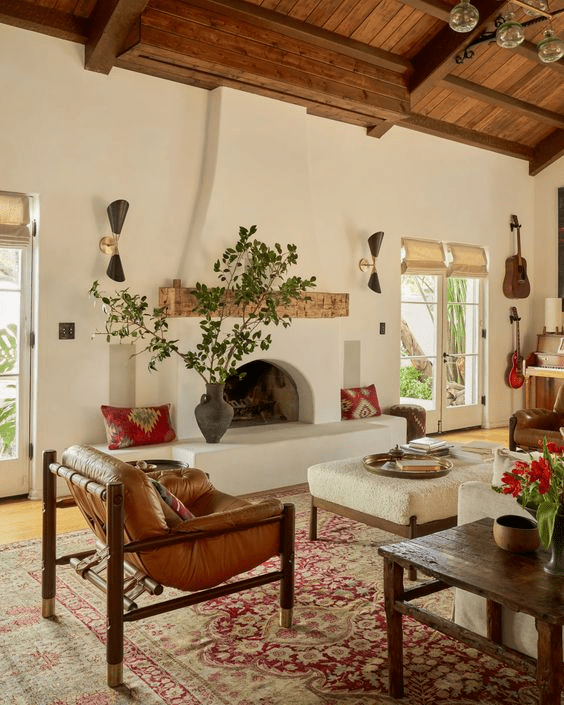
Rustic Wooden Beams
Elevate your ceilings with rustic wooden beams! They add a touch of old-world charm and warmth to your space. In 2024, consider distressing the wood for an authentic, lived-in feel. It’s the perfect complement to the Spanish colonial aesthetic.
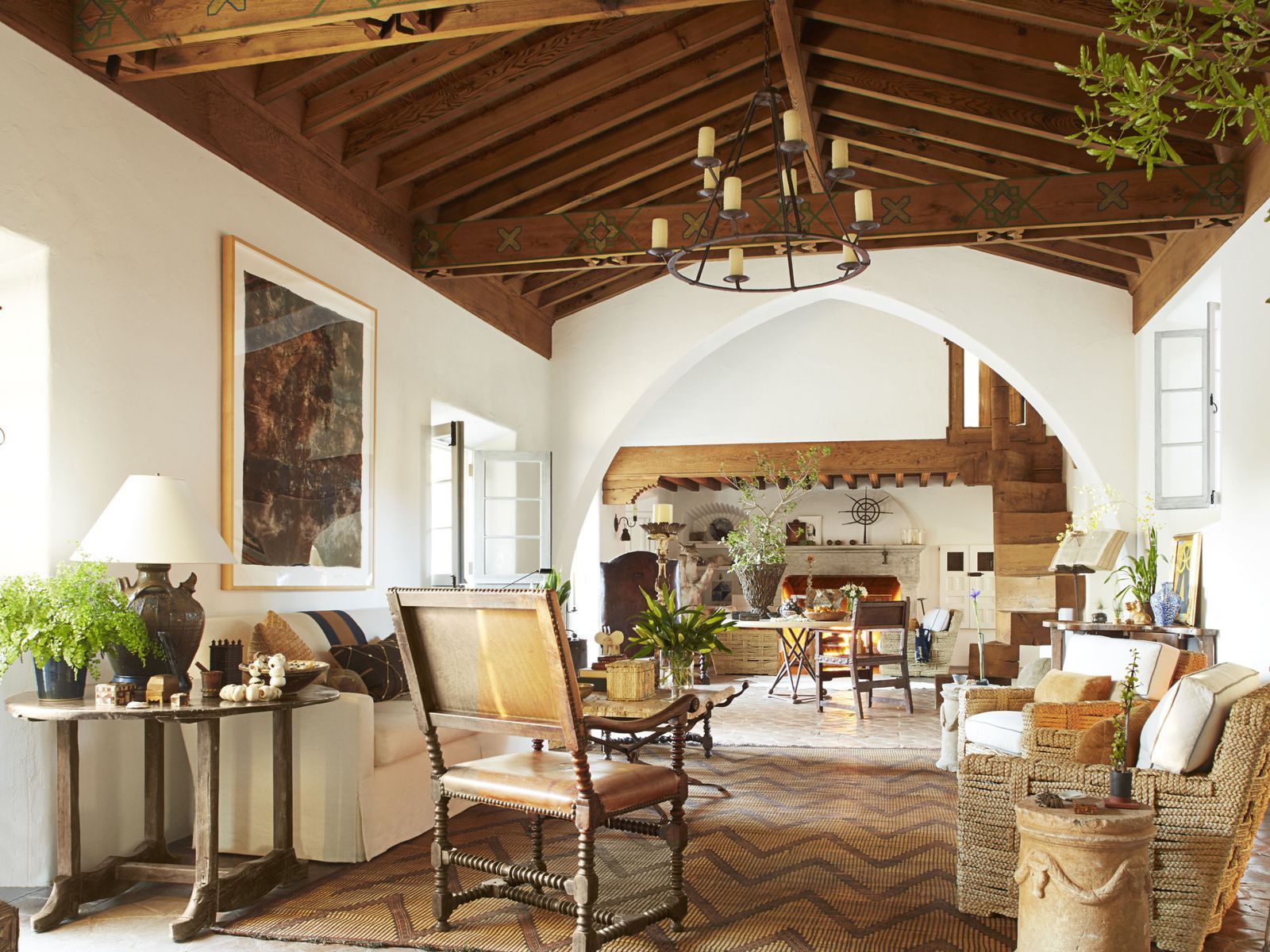
Candelabras and Candle Sconces
Lighting is key in Spanish colonial interiors. Say goodbye to harsh fluorescents and embrace the warm glow of candelabras and candle sconces. In 2024, these fixtures are not just functional – they’re statement pieces that exude elegance and romance.
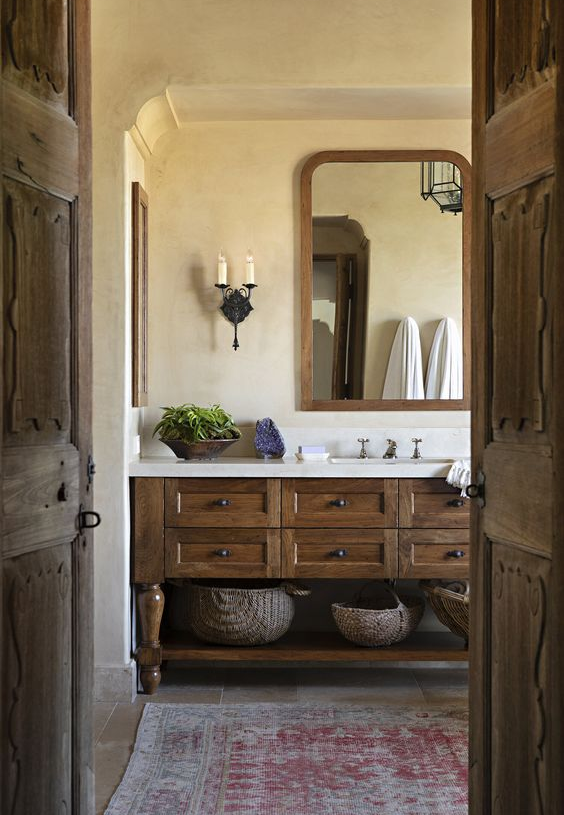
Spanish Colonial Courtyards
Transform your outdoor space into a Spanish colonial oasis! In 2024, courtyard living is making a comeback. Think wrought-iron furniture, colorful tiles, and lush greenery. It’s the perfect extension of your interior style, creating a seamless transition between inside and outside.
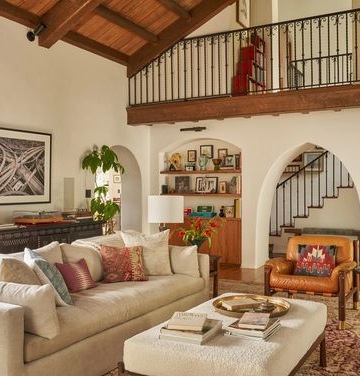
Antique Mirrors
Mirror, mirror on the wall, bring that antique charm to us all! In 2024, embrace the allure of aged mirrors with ornate frames. They not only reflect light and visually expand your space but also add a touch of history and mystery to your Spanish colonial interiors.
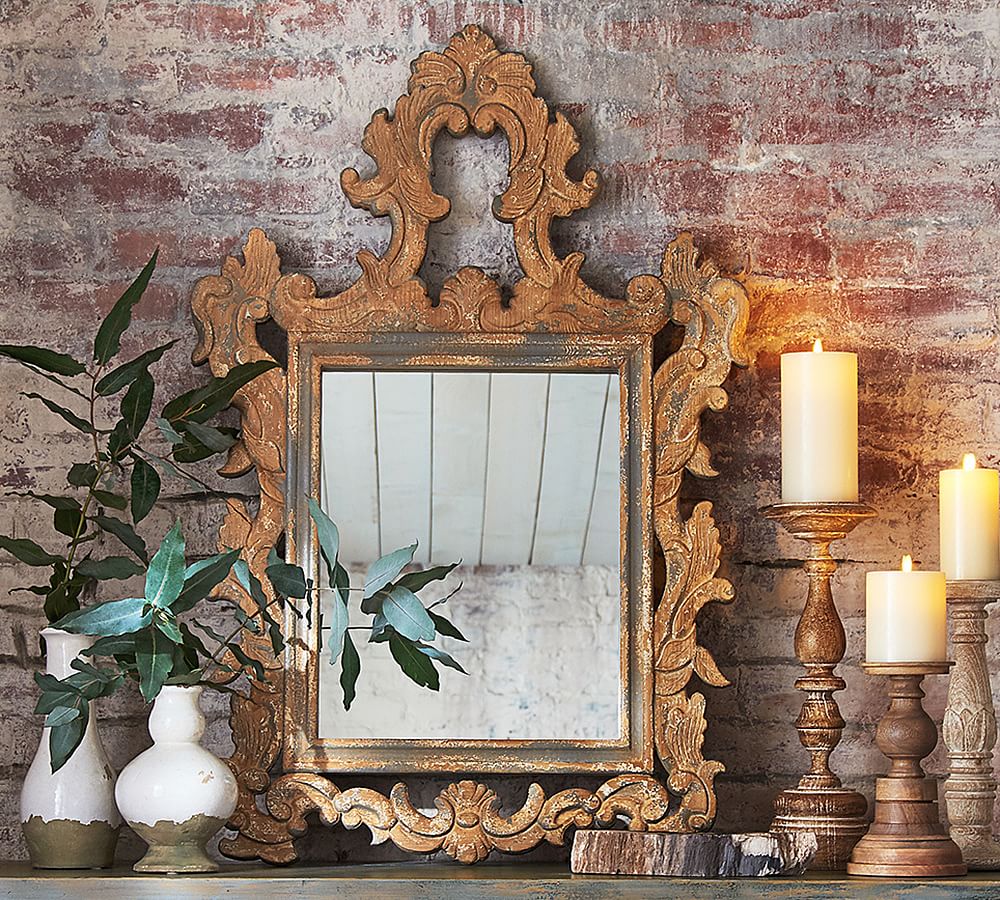
Hand-Painted Tiles
Tiles aren’t just for backsplashes and floors; they’re an art form in Spanish colonial design. In 2024, hand-painted tiles featuring intricate patterns and scenes are stealing the spotlight. Incorporate them into your kitchen, bathroom, or even as a tabletop for a personalized touch.
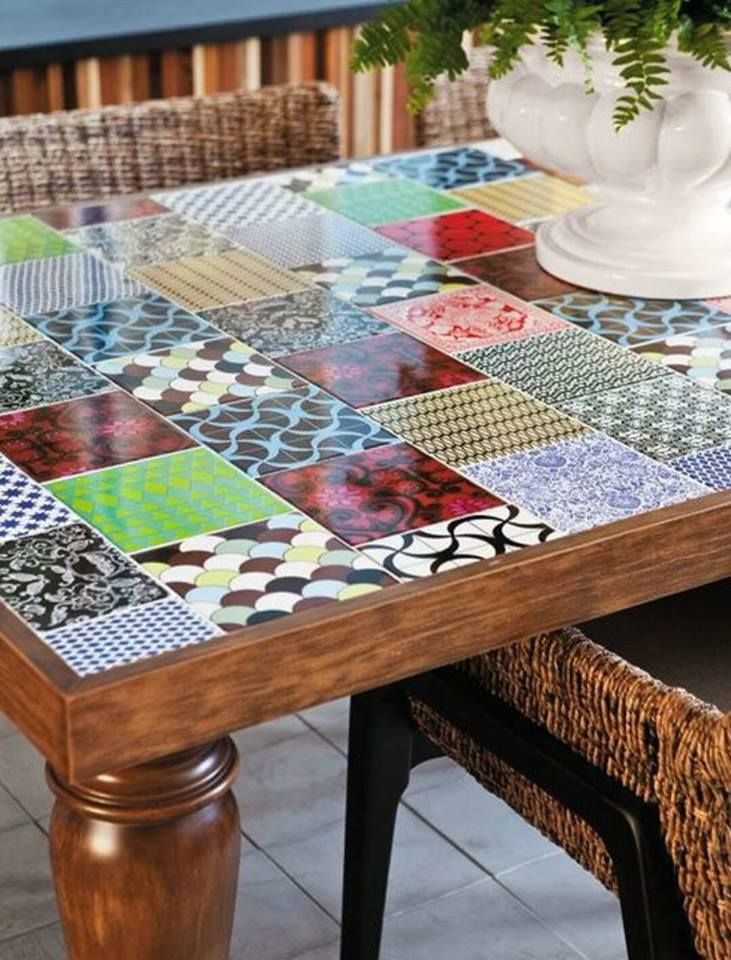
Authentic Pottery
From Talavera to Andalusian ceramics, fill your home with authentic Spanish pottery. In 2024, it’s all about showcasing these handcrafted pieces as statement décor. Whether it’s a vase on the mantle or a collection on open shelves, let the pottery tell a story of craftsmanship and tradition.

Cozy Nooks and Reading Corners
Create intimate spaces within your Spanish colonial home for relaxation and contemplation. In 2024, cozy reading nooks or just cozy nooks with plush cushions, draped textiles, and bookshelves are gaining popularity. It’s the perfect spot to unwind with a glass of sangria or get lost in a good book!
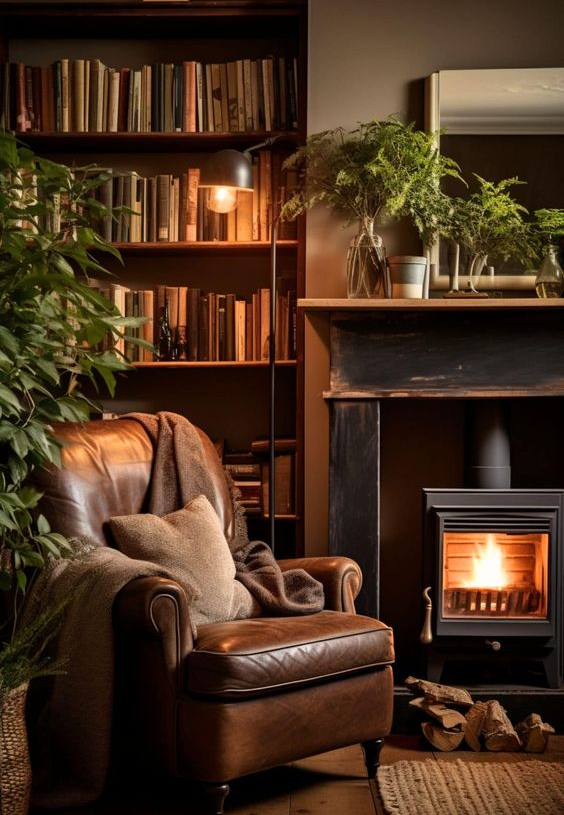
There you have it, amigos – Spanish colonial house interior ideas to transport your home to a realm of timeless elegance in 2024! From the allure of wrought iron to the warmth of terracotta, each idea is a brushstroke painting a picture of a casa filled with history, culture, and charm. So, grab your sombrero and let’s embark on this exciting journey of transforming your home into a Spanish colonial masterpiece. ¡Viva la casa bonita!
FAQs
What is Spanish colonial style interior design?
Spanish colonial style interior design is characterized by a blend of Spanish and indigenous influences. It often features elements such as handcrafted furniture, wrought iron accents, colorful tiles, dark wood, and rustic textures. The style emphasizes warmth and comfort, creating a welcoming and timeless atmosphere.
Are there budget-friendly ways to achieve the Spanish colonial look?
Yes! Opt for DIY projects like stenciling patterns on walls or creating your own mosaic-inspired furniture. Thrift stores and flea markets are also goldmines for finding affordable rustic pieces.
What does the inside of a Spanish house look like?
The inside of a Spanish house typically features:
- Tile Flooring: Often with colorful, patterned tiles.
- Exposed Wooden Beams: In ceilings, adding a rustic touch.
- Wrought Iron: Used for light fixtures, stair railings, and decorative elements.
- Arched Doorways and Windows: Reflecting a characteristic architectural feature.
- Dark Wood Furniture: Handcrafted and often ornate.
- Earthy Colors: Warm tones like terracotta, deep reds, and browns dominate the color palette.
What are the elements of Spanish colonial architecture?
Elements of Spanish colonial architecture include:
- Courtyards: Often enclosed spaces with gardens or fountains.
- Arched Doorways and Windows: Common architectural features.
- Thick Adobe Walls: Providing insulation and a sense of solidity.
- Flat Roofs: With parapets and sometimes terraces.
- Wrought Ironwork: Seen in gates, railings, and light fixtures.
- Courtyard Entrances: Often featuring a decorative gate.
How to decorate a Colonial house?
To decorate a Colonial house, consider the following:
- Use Classic Colors: Opt for colors like deep reds, blues, and greens.
- Antique Furniture: Incorporate pieces with a historical feel.
- Wainscoting and Molding: Add architectural details to enhance a sense of tradition.
- Symmetry: Arrange furniture and decor in a balanced and symmetrical manner.
- Textured Fabrics: Use fabrics like wool, linen, or cotton for a cozy and classic feel.
What is colonial style house interior?
Colonial style house interiors are characterized by:
- Symmetry: Balanced arrangements in furniture and decor.
- Wainscoting and Molding: Architectural detailing on walls.
- Fireplaces: Often with prominent mantels.
- Use of Wood: Dark wood furniture and paneling are common.
- Classic Colors: Earthy tones and subdued hues.
What makes a Colonial house unique?
Colonial houses are unique due to their historical significance and distinctive features, which may include:
- itectural Symmetry: Often characterized by a balanced and symmetrical design.
- Classic Colors: Employing a traditional color palette.
- Colonial Revival Elements: Incorporating architectural details from various colonial periods.
- Traditional Materials: The use of wood, brick, and stone in construction.
- Historical Inspiration: Drawing on design elements from American colonial history.
